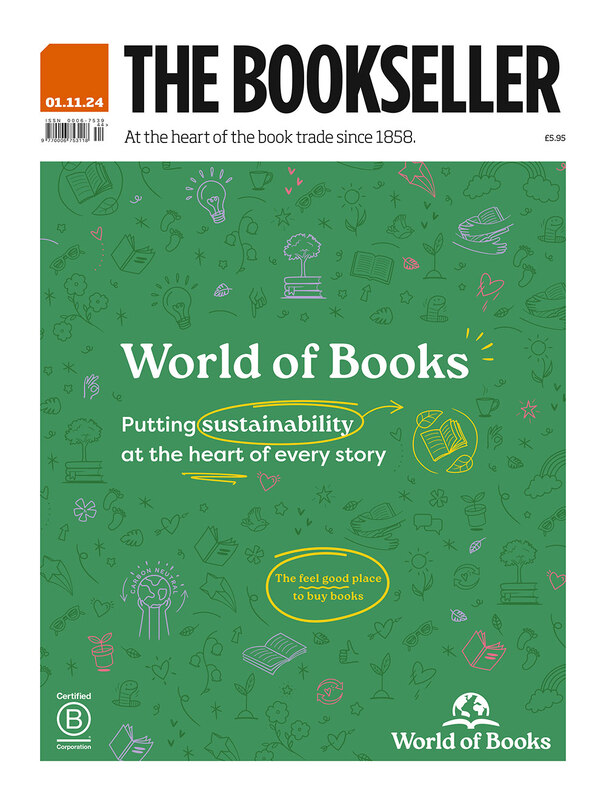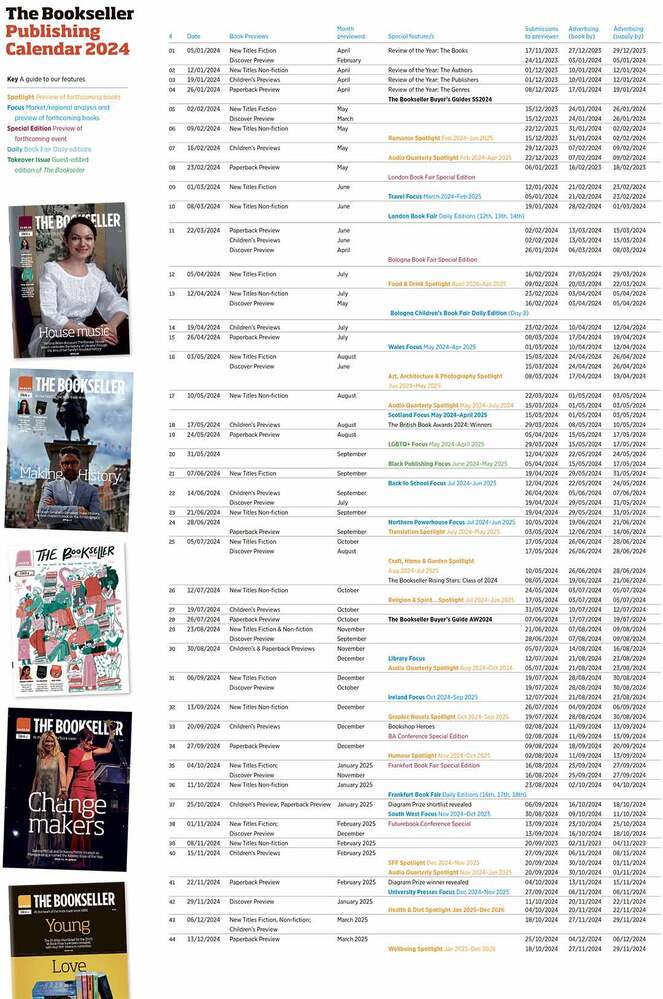You are viewing your 1 free article this month. Login to read more articles.
How to be an (Elizabethan) woman
It is 4am and the baby is crying. It is winter and completely dark in this chamber. The last thing you want to do is to get out from under the warm blankets: you can hear the wind knocking the shutter. Even though you hung a blanket over the window the night before, the lack of glass means the room is perishing. Perhaps that’s why the baby is crying.
You slide out into the cold darkness wearing nothing but your night rail, feel for the cradle and lift him. The smell tells you the problem; he won’t stop crying until he is comfortable again. Tired and freezing, you feel your way into the hall – the only other room in the house – to find some vestige of a flame in the fireplace to light a candle so you can see to wash him and re-swaddle him. You try hard not to wake the other children, who are sleeping on mattresses on the floor in here.
While blowing on the glowing ashes, you reflect that in just two hours this fire will need to be stacked again with wood from the frozen pile outside. Your husband and children will be looking for some bread and butter for their breakfasts. Later, you will need to darn their clothes, and walk the six miles to market to buy some cloth for your daughter’s dress, as well as cook a meal and scour the pans. The hall needs sweeping and new rushes laying down. There is so much to worry about.
Supplies of food laid aside last winter are running thin. A leak in the roof of the loft above your bedchamber meant some of the sheaves stored there rotted. But as the candle wick catches and the light spreads glowingly, you can reflect you are one of the lucky ones. You have a home and a garden where you can grow herbs both for food and medicines. Your husband does not beat you. Nor has he walked off to London and left you with five children and no income. There is no plague spreading across the countryside, nor sweating sickness, nor influenza, all of which are major killers. Most of your children are still alive. Most mothers have to deal with much more than hard work and cold. They have to watch half their children die.
Step back from this scene for a moment and picture the usual emblems of Elizabethan womanhood. There she is: the queen, looking radiant in a wonderful silk-embroidered satin dress, with strings of pearls around her neck and a veil showing off her fine hair. It is a fantastic image – one that will permanently change perceptions of female authority in the Western World and influence every later female European sovereign.
Sitting for that portrait, however, is no easy matter. Imagine you are in her shoes: the farthingale that spreads the skirt out in widening hoops is stiffened with whalebone; it does not permit you to sit in public. Your bodice is similarly stiffened and constricting. Your ruff of starched pleated linen took over an hour to set in place. No knickers – only prostitutes wear men’s drawers. No ‘high heels’ until towards the end of the reign, only flat soles. No silk stockings in the early days either: even the queen has to have linen and woollen ones that go baggy at the knees. Your outer clothes, which have been brushed and aired, smell of smoke and powdered orris root. But still your scalp itches from washing your hair in caustic lye; and although you have washed (by rubbing yourself down every day with linen cloths, and rinsing your face, neck and hands in water), it is nearly a month since you last had a hot bath.
Although as queen you can afford to have all your garments and bedclothes laundered regularly, and are thus spared the annoyance of lice and fleas that infest poor women’s beds and bodies, the five hours it can take just to get ready for a portrait can be most tiresome in itself. Small wonder that Queen Elizabeth is sometimes still to be found in her nightdress at midday.
Whether you are a hard-pressed mother of five living with your farmer husband in a small two- or three-roomed house in rural England or a regnant queen, the demands on you as a woman are great. But you, a woman coming from a peaceful democratic country, will have difficulty understanding how such a demanding and important lifestyle correlates with your low position in Elizabethan society. You are not allowed to vote or stand for election. You are not allowed to hold any office – you cannot be a Freeman of a city, or follow a trade (unless you are a widow) nor can you read for a university degree or be an alderman, a mayor or clergyman.
You cannot be a lawyer, Justice of the Peace, or any other form of officially recognised professional person – except a surgeon or a midwife. You are not allowed by law to make decisions against your husband’s interests. You are not allowed to make a will. All your possessions belong to your husband, the income from your inherited lands is his, you may not allow anyone into the family home without his permission, and if he chooses to, he may beat you as much as he likes – as long as he does not kill you. If you kill your husband that is termed petty treason and you will be burned at the stake.
Given this, you may be surprised to hear that Elizabethan England is known as ‘the paradise of married women’. That is because, despite all the above, Englishwomen have far more freedom than women in other parts of Europe. Visitors comment how Englishwomen will freely travel into town with a female friend in a coach (a new fashionable form of transport for women in Elizabethan times) and go shopping without their husbands. Married women may be found in groups enjoying music, beer and dancing in a tavern. It is acceptable for them to go to the market unaccompanied. Foreign visitors in London have the impression that middleclass Englishwomen spend all their day getting dressed in fine clothes, shopping with their ‘gossips’, and dining out in inns – not working. As you may guess, the reality for many women is much harder.
Are things changing? The answer to this is undoubtedly yes. Standards of living are improving – glass is increasingly being used in townhouses, and the new poor law helps parishes cope with the problem of homeless starving people sleeping rough and dying in the streets. Some diseases disappear altogether (like sweating sickness), and influenza is never again as bad as it was in 1557-9, when it killed 5% of the population.
And from a woman’s point of view one very important thing is changing: intellectual respect. Previously a woman had to be well-born to have any impression on society. Hardly any women were able to read and write in the middle ages. But in the sixteenth century a huge revolution takes place across Europe, arguably the most important intellectual movement of the last thousand years: the Bible is made available in relatively affordable printed copies in the vernacular. Immediately people can see the advantage of learning to read: both to interpret God’s word for themselves, and also to have the ultimate self-help book always available. Fathers teach wives and daughters to read, and some women teach themselves, so that one in ten women can read by 1600.
At last women are able intellectually to challenge men, without having to rely on powerful connections. They start writing theology and poetry of their own; and at the end of Elizabeth’s reign you have the first great flowering of female intellectual prowess in the remarkable Emilia Lanier. After centuries of being told that women were responsible for the downfall of Mankind, when Eve tempted Adam with the fruit of a forbidden tree, she comes up with a telling answer, beautifully told in rhyme. If God created men to be stronger, she argue, so they should have authority over women, then it was Adam’s own fault that he ate the apple, for he was in the position of responsibility. Being stronger he could and should have stopped her. Therefore the downfall of Mankind was Adam’s fault. Eve was innocent.
There you have it. To be a woman in Elizabethan England you need just as much strength to deal with injustice and physical hardship as ever before; but unlike earlier generations you can now kick back at a male-dominated society by exercising uncompromising feminine wit.
The Time Traveller's Guide to Elizabethan England by Ian Mortimer is out now, published by The Bodley Head.
Latest
Latest Issue
Latest Issue
We use cookies to give you with the best, most relevant online experience. By continuing to browse this site you are agreeing to our use of cookies. Click on the banner to find out more.















